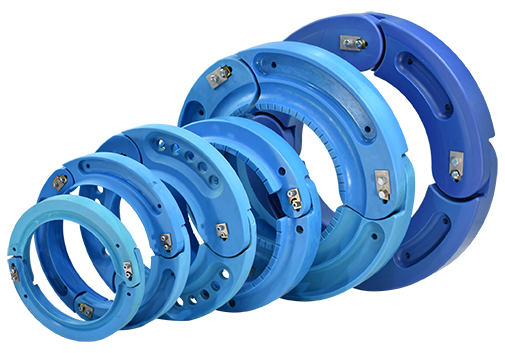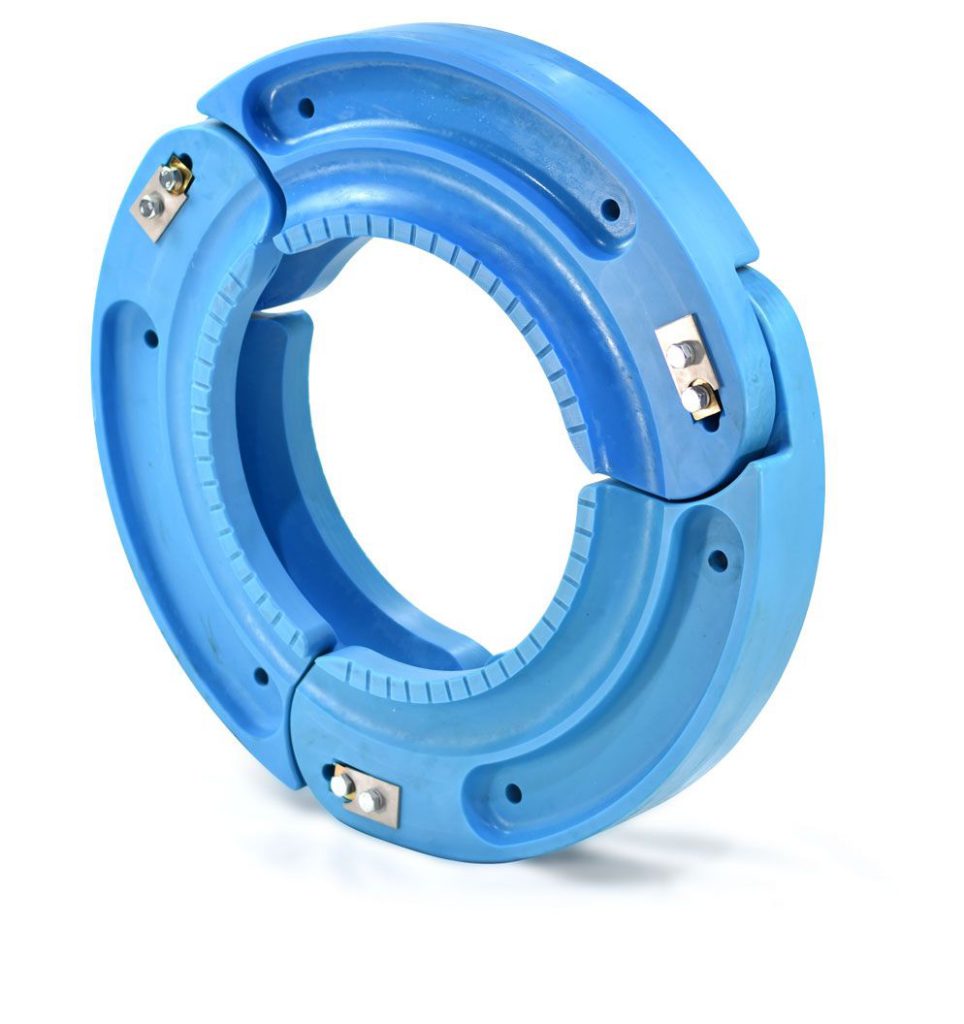- June 19, 2025
- Posted by: feinuojixie
- Category: Run Flat Guide


When we think about battlefield survival, what often comes to mind are armored hulls, high-tech communication systems, and advanced weaponry. But beneath it all, quite literally, is a piece of life-saving innovation that quietly carries missions forward—run flat tire military technology. These specialized systems are designed to maintain vehicle mobility even after sustaining damage, allowing troops to escape danger zones, complete objectives, and ultimately survive situations that might otherwise be fatal. In modern warfare, where split-second decisions and continuous movement can mean the difference between life and death, the run flat tire plays an essential, though often overlooked, role.


The Origin of Run Flat Tire Military Innovation
The concept of the run flat tire military system emerged from a pressing need: to protect soldiers during vehicle ambushes and explosive attacks where traditional tires would leave convoys stranded. In the early 1980s, rising threats from landmines and improvised explosive devices (IEDs) made it clear that mobility had to be maintained even under tire damage. Defense engineers began reimagining tires not just as transportation components, but as survivability tools. Early prototypes were tested on armored vehicles in conflict zones, with feedback from combat troops leading to continuous refinements. Today’s run flat tire systems are the result of decades of development driven by real-world battlefield demands.
What Makes a Run Flat Tire Military-Ready?
A run flat tire military configuration isn’t just a tougher version of a civilian tire. It’s a purpose-built system engineered to keep rolling after punctures, gunfire, or shrapnel damage. These tires typically feature reinforced sidewalls or internal support rings that can carry the weight of a fully loaded vehicle even without air pressure. Some systems integrate composite inserts that support the vehicle’s weight for limited distances—often up to 50 kilometers or more. Additionally, they are built with high-temperature rubber compounds to resist frictional heat generated while running flat. Every element, from structure to material, is optimized for the demands of the battlefield.
Real-Time Battlefield Benefits: Why Functionality Matters Most
Imagine a light tactical vehicle coming under enemy fire during a desert patrol. A conventional tire puncture would immobilize the vehicle, exposing soldiers to attack and jeopardizing the entire mission. With a run flat tire military system, that vehicle can keep moving. Troops stay mobile, reposition for cover, or continue toward safety, buying critical time and preserving lives. In battlefield conditions, immobility is vulnerability. The ability to drive—even slowly—with a damaged tire transforms a potentially deadly breakdown into a manageable situation. That functional continuity is precisely why run flat technology has become standard in military fleets worldwide.
Case Study: Run Flat Tire Saves Convoy in Hostile Zone
In one documented incident during a peacekeeping mission, a military convoy traveling through a mountainous region encountered a roadside IED. The explosion damaged two vehicles’ front tires. Thanks to the run flat tire military systems installed, both vehicles remained mobile. The convoy was able to continue movement, regroup at a secure location, and evacuate the wounded. Later analysis confirmed that traditional tires would have left those vehicles inoperable, forcing a defensive standoff in enemy territory. This event—and others like it—highlights how run flat tires are not just mechanical components, but life-saving assets.
Comparing Run Flat Tire vs. Traditional Tire in Combat Conditions
Traditional tires are highly vulnerable to punctures, sidewall tears, and blowouts, particularly when operating on rough terrain or under direct fire. Once compromised, they require immediate replacement, which can be a dangerous and time-consuming process in combat. A run flat tire military solution, however, remains structurally functional after losing air pressure. Troops don’t need to stop and change tires under fire. This strategic advantage makes a direct difference in survival and mission success rates. In military scenarios, the difference between a run flat and a traditional tire could determine whether a team escapes an ambush—or doesn’t.
Maintenance and Durability Under Fire
One of the lesser-known advantages of run flat tire military systems is their durability over extended use. These tires are designed for rugged conditions, allowing them to withstand not only direct damage but also environmental extremes like desert heat and arctic cold. Their resistance to wear and tear reduces the frequency of tire changes during deployments, easing logistical burdens. Maintenance crews also benefit—less downtime for tire-related issues means more time focusing on mission-critical vehicle systems. This durability translates into operational readiness, even during long missions in remote or hostile environments.
Integration Across Modern Military Fleets
Run flat tire technology is no longer confined to specialized armored vehicles. Today, it has been widely integrated across military fleets, including utility trucks, reconnaissance vehicles, transport vans, and even some aircraft towing platforms. Different branches of the military have adopted various run flat systems tailored to their operational needs. From NATO forces to special operations units, the technology has proven essential in both urban combat and remote terrain. This wide-scale adoption reflects a growing recognition: battlefield mobility must not be dependent on fragile components.


Looking Ahead: Innovation in Run Flat Tire Military Applications
The future of run flat tire military technology is rooted in smarter, stronger, and lighter designs. Research is underway into advanced materials like carbon composites and self-healing polymers that could automatically seal punctures. Some defense contractors are exploring embedded sensors that monitor tire pressure, structural integrity, and terrain performance in real time. These innovations aim to give commanders more data, improve predictability, and reduce the risk of catastrophic failure. The continued evolution of run flat systems ensures that military vehicles will remain agile and survivable, even as battlefield threats become more complex.
Run Flat Tire Military Technology Is More Than Mobility—It’s Survival
In the chaos of the battlefield, survival often hinges on the ability to keep moving. Run flat tire military systems have redefined what tactical mobility means, transforming tires from mere accessories into mission-critical assets. They enable vehicles to stay operational when every second counts, turning what could be fatal outcomes into successful recoveries. As modern conflicts demand greater speed, adaptability, and resilience, run flat tire technology stands out as a quiet but powerful contributor to military success—and more importantly, to saving lives.
